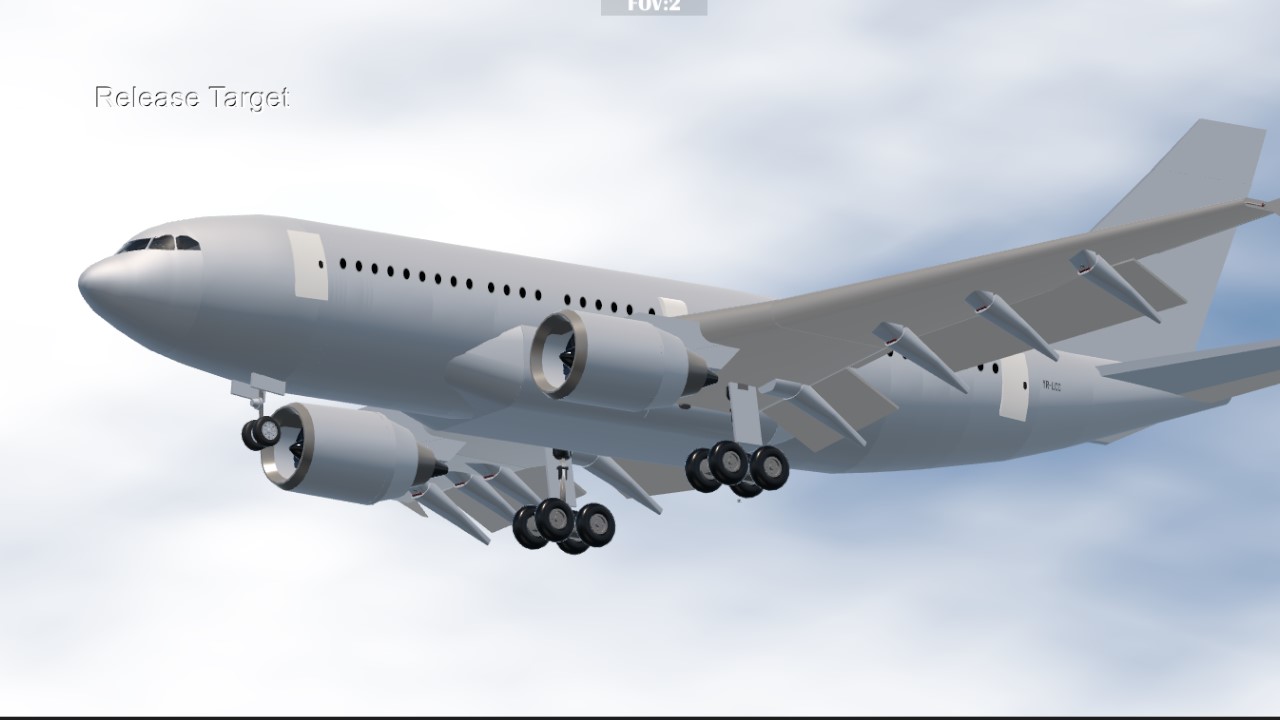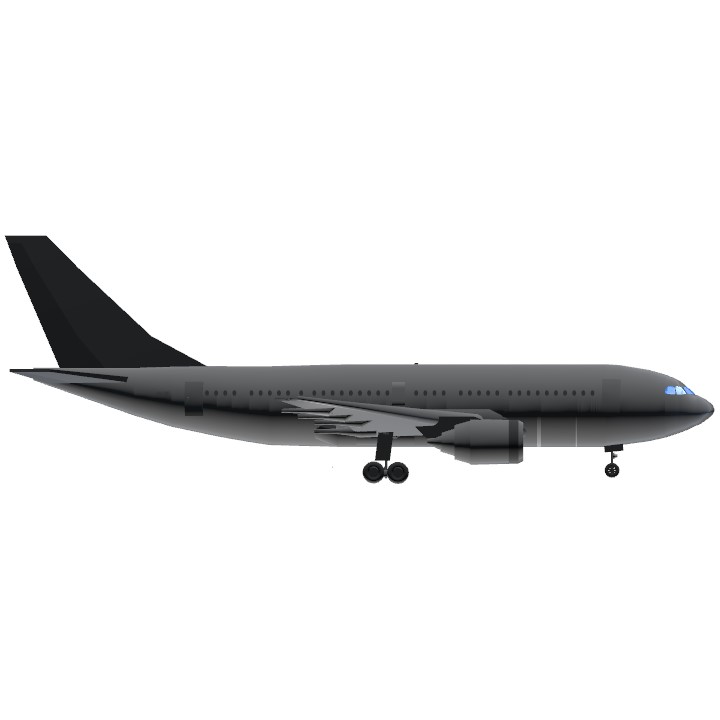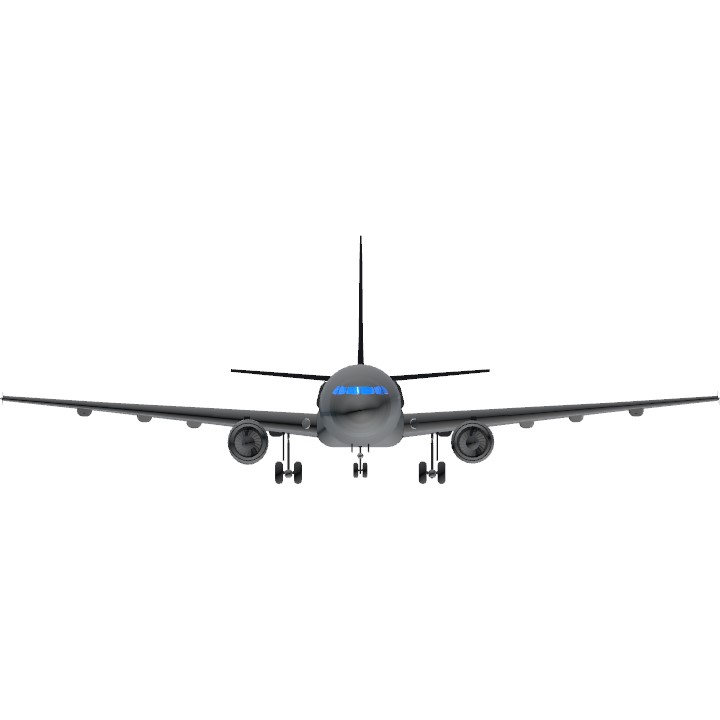About the A310
The Airbus A310 is a wide-body aircraft, designed and manufactured by Airbus Industrie, then a consortium of European aerospace manufacturers. Airbus had identified a demand for an aircraft smaller than the A300, the first twin-jet wide-body. On 7 July 1978, the A310 (initially the A300B10) was launched with orders from Swissair and Lufthansa. On 3 April 1982, the first prototype conducted its maiden flight, and the A310 received its type certificate on 11 March 1983.
Keeping the same eight-abreast cross-section, the A310 is 6.95 m (22.8 ft) shorter than the initial A300 variants, and has a smaller wing, down from 260 to 219 m2 (2,800 to 2,360 sq ft). The A310 introduced a two-crew glass cockpit, later adopted for the A300-600 with a common type rating. It was powered by the same General Electric CF6-80 or Pratt & Whitney JT9D then PW4000 turbofan jet engines. It can seat 220 passengers in two classes, or 240 in all-economy, and has a flying range up to 5,150 nautical miles (9,540 km; 5,930 mi). It has overwing exits between the two main front and rear door pairs.
In April 1983, the aircraft entered revenue service with Swissair, and competed with the Boeing 767-200, introduced six months before. Its longer range and ETOPS regulations allowed it to be operated on transatlantic flights. Until the last delivery in June 1998, 255 aircraft were produced, as it was succeeded by the larger Airbus A330-200. It was available as a cargo aircraft version, and was also developed into a military variant, the A310 MRTT multi-role transport, then tanker.
Development
Background
The A310 (background) is a shrunken version of the Airbus A300 (foreground)
On 26 September 1967, the British, French, and West German governments signed a memorandum of understanding to commence the joint development of the 300-seat Airbus A300.[2][3][4] This collaborative effort resulted in the production of the consortium's first airliner, known as the Airbus A300. The A300 was a wide-body medium-to-long range passenger airliner; it holds the distinction of being the first twin-engine wide-body aircraft in the world.[5][6][7][8] The design was relatively revolutionary for its time, and featured a number of industry firsts, making the first use of composite materials on a commercial aircraft; during 1977, the A300 became the first ETOPS-compliant aircraft, which was made possible due to its high performance and safety standards.[9] The A300 would be produced in a range of models, and sold relatively well to airlines across the world, eventually reaching a total of 816 delivered aircraft during its production life.[10]
During the development of the earlier A300, a range of different aircraft size and capacity were studied by the consortium; the resulting Airbus A300B proposal was one of the smaller options. When the A300B1 prototypes emerged, a number of airlines issued requests for an aircraft with greater capacity, which resulted in the initial production A300B2 version. As the A300 entered service, it became increasingly apparent that there was also a sizeable market for a smaller aircraft; some operators did not have enough traffic to justify the relatively large A300, while others wanted more frequency or lower aircraft-distance costs at the expense of higher seat-distance cost (specifically Swissair and Lufthansa). At the same time, there was great pressure for Airbus to validate itself beyond the design and manufacture of a single airliner. In response to these desires, Airbus explored the options for producing a smaller derivative of the A300B2.[11]
Specifications
Spotlights
- This craft is curated
General Characteristics
- Successors 5 airplane(s) +7 bonus
- Created On Windows
- Wingspan 156.5ft (47.7m)
- Length 154.2ft (47.0m)
- Height 53.8ft (16.4m)
- Empty Weight 113,053lbs (51,280kg)
- Loaded Weight 275,705lbs (125,058kg)
Performance
- Power/Weight Ratio 2.274
- Wing Loading 80.0lbs/ft2 (390.5kg/m2)
- Wing Area 3,446.9ft2 (320.2m2)
- Drag Points 52403
Parts
- Number of Parts 416
- Control Surfaces 7
- Performance Cost 2,777





Best plane, 10 out of 10
THIRD
SECOND
FIRST